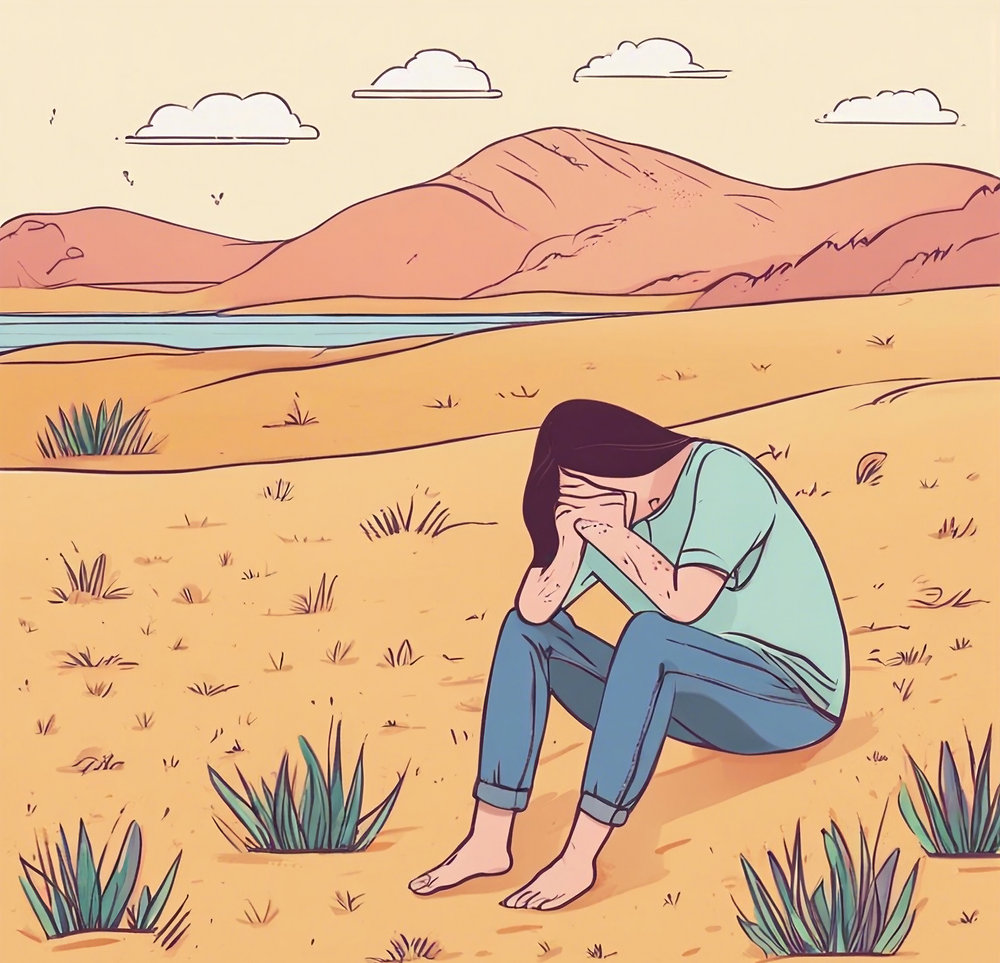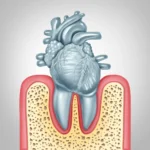Introduction to Seasonal Depression
As the days grow longer and the sun shines brighter, many people eagerly anticipate summer. For most, it’s a season of joy, adventure, and outdoor fun. However, for some individuals, summer can bring an unexpected struggle known as Seasonal Affective Disorder (SAD). Often dismissed or overlooked, this phenomenon—commonly referred to as summer SAD or reverse seasonal depression—can cast a shadow over those who experience it during what is typically considered a cheerful time of year. If you find yourself feeling down while others are celebrating the warmth and light of summertime, you’re not alone. Understanding this hidden battle can be the first step toward finding relief and regaining your zest for life amidst the sunny days.
The Misconception of Seasonal Depression Only Occurring in Winter
Many people associate seasonal affective disorder (SAD) strictly with the winter months. The image of snow-covered landscapes and long, dark nights paints a picture of gloom that seems to fit perfectly with this mental health condition.
However, summer SAD exists, too. As temperatures rise and days stretch longer, many individuals experience heightened anxiety and sadness rather than joy. This paradox is often overlooked or misunderstood.
The warmth and brightness typically associated with summer can be overwhelming for some. A surge in energy demands from social events can lead to exhaustion instead of exhilaration.
Misunderstanding this issue can leave those affected feeling isolated. They may question their feelings when they don’t align with the joyful narratives surrounding warm weather activities. Recognition is crucial; acknowledging that seasonal depression isn’t solely a winter phenomenon opens doors for understanding and support throughout every season.
Causes and Triggers of Seasonal Depression in Summer
Summer can be a paradox for many. While the sun shines brightly and days are longer, some individuals experience feelings of sadness or anxiety during this season.
One major trigger is the pressure to feel happy. Society often expects everyone to enjoy summer activities, which can create immense stress for those struggling with their mental health. The contrast between expectation and reality can be overwhelming.
Additionally, changes in routine play a significant role. For students and teachers, the transition from structured schedules to more relaxed summer vibes can lead to feelings of aimlessness.
Heat itself may also contribute. High temperatures can affect sleep patterns and energy levels, leading to irritability or lethargy. Moreover, social isolation during vacations might exacerbate these feelings for some people who find themselves feeling disconnected despite being surrounded by others.
Understanding these triggers helps shed light on why summer isn’t always synonymous with joy for everyone.
Symptoms and Signs to Look Out For
Recognizing summer SAD can be challenging. Many symptoms overlap with typical seasonal changes, making it easy to dismiss.
Feelings of fatigue are common. You might find yourself unusually tired despite longer daylight hours. This weariness can hinder your motivation for activities you once enjoyed.
Changes in appetite often occur too. Some may crave comfort foods while others lose interest in eating altogether. Both extremes can impact your mood and energy levels.
Irritability is another telltale sign. If small annoyances feel magnified, take note; this could indicate an underlying struggle with summer seasonal depression.
Difficulty concentrating is also prevalent during these months. Tasks that were manageable before may suddenly seem overwhelming or confusing.
Feelings of sadness or loneliness might creep in unexpectedly. The warmth and brightness outside don’t always match what’s happening inside our minds and hearts.
Coping Strategies for Dealing with Summer Seasonal Depression
Finding ways to cope with summer seasonal depression can make a significant difference. Start by embracing the sunlight, even if it feels overwhelming. Short bursts of exposure can help elevate your mood.
Establish a routine that incorporates outdoor activities. Simple walks or picnics in the park can shift your focus and provide some natural therapy.
Engaging in creative hobbies might also lighten your mood. Whether it’s painting, photography, or gardening, express yourself freely and let your mind wander.
Mindfulness practices like meditation or yoga are beneficial too. They help center your thoughts and reduce anxiety during difficult times.
Don’t forget about social connections; reach out to friends or loved ones for support. Sharing experiences often brings relief and understanding.
Consider journaling to express feelings you may struggle to articulate otherwise. Writing things down helps clarify emotions and fosters self-awareness.
Seeking Professional Help and Support
Reaching out for professional help can be a pivotal step in managing summer SAD. Many individuals may feel hesitant, but it’s essential to understand that support is available.
Therapists and counselors are trained to address seasonal affective disorders, including those experienced during the warmer months. They can provide coping strategies tailored specifically for your needs.
Support groups also offer a sense of community. Connecting with others who experience similar struggles fosters understanding and reduces feelings of isolation.
Additionally, medical professionals might suggest light therapy or medication if needed. These interventions have proven effective in alleviating symptoms for many people.
Don’t underestimate the power of talking about what you’re going through. It can lead to insights and pathways toward healing that you may not have considered before. Remember, seeking help is an act of strength, not weakness.
Shedding Light on an Often Overlooked Mental Health Issue
Seasonal Affective Disorder (SAD) in summer, often referred to as reverse seasonal affective disorder, is a complex and frequently misunderstood mental health issue. While many associate SAD solely with the gloomy winter months, it’s essential to recognize that this condition can manifest during the brighter days of summer too.
As we shed light on this hidden struggle, it becomes increasingly clear that individuals experiencing summer SAD deserve understanding and support. The societal focus tends to lean heavily toward celebrating sunshine and warmth without acknowledging those who may feel isolated or anxious when the weather turns pleasant.
By discussing these issues openly, we can foster an environment where everyone feels safe sharing their experiences. Awareness leads to empathy—something desperately needed for those grappling with symptoms like lethargy or irritability amidst what others perceive as “the best time of year.”
Encouraging conversations around mental health helps dismantle stigma and promotes healing pathways for all affected by this condition. It is crucial not just for individuals dealing with seasonal depression in summer but also for friends and family looking to provide support.
With increased dialogue surrounding reverse seasonal affective disorder, let us work together towards creating a more compassionate world where no one needs to navigate their struggles alone. Each voice matters; let’s ensure every story is heard.










